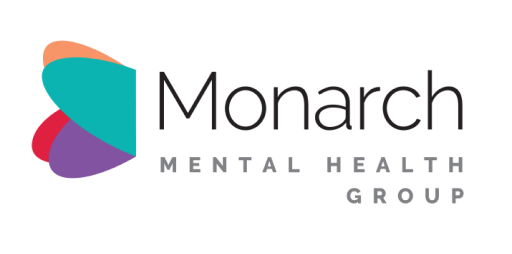Dr Ted Cassidy is a Psychiatrist and Co-founder of Monarch Mental Health Group. He has been delivering next-step mental health treatment services for over 20 years. In this segment, Dr Cassidy discusses the difference between repetitive transcranial stimulation (rTMS) and transcranial direct current stimulation (tDCS).
TOTAL RUNNING TIME: 1 min 27 secs
Transcript
Hi. My name is Ted Cassidy. I'm a psychiatrist and I'm one of the founders of the Monarch Mental Health Group. Another form of repetitive transcranial magnetic stimulation is theta-burst. And theta burst is a more modern kind of version of TMS magnetic stimulation therapy that abbreviates the treatment.
So it reduces the time of the treatment by delivering the same effective dose over a much shorter period of time. So whereas traditional rTMS therapy might go for 20 to 30 minutes, theta burst, the actual treatment approach might only last 2 to 3 minutes and deliver the same sort of treatment. How does it do that? Well, it's kind of difficult to explain, but the analogy that I like to use: It's the difference between playing a single note on a piano and playing a chord.
So there's a layering effect of various frequencies that allows you to increase the effectiveness. And again, one of the things that people are really cautious about when they're introducing this kind of newer version that appears to be as effective, perhaps more effective than traditional rTMS is its safety. And so similar to sort of traditional rTMS, really safe treatment.
.png)
About The Author
Dr Ted Cassidy
Dr. Ted Cassidy is a psychiatrist and co-founder of Monarch Mental Health Group in Australia, which provides innovative treatments for depression, PTSD, and anxiety. Monarch Mental Health is recognized as Australia's first outpatient clinic offering assisted therapy and is the largest provider of outpatient magnetic stimulation therapy.

-Oct-25-2022-03-24-17-83-AM.png)